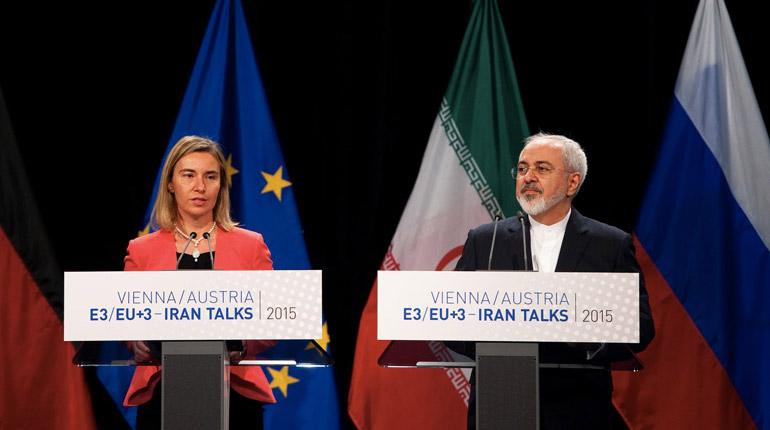Nuclear deal heralds a new era for Iranian gas
 EU High Representative for Foreign Affairs Federica Mogherini and Iranian Foreign Minister Mohammad Javad Zarif, from left, address the media after closed-door talks on the Iranian nuclear program in Vienna, Austria, 14 July 2015. (© European Union, 2015)
EU High Representative for Foreign Affairs Federica Mogherini and Iranian Foreign Minister Mohammad Javad Zarif, from left, address the media after closed-door talks on the Iranian nuclear program in Vienna, Austria, 14 July 2015. (© European Union, 2015)
The landmark nuclear deal reached last month between Iran and the P5+1 – the United States, the UK, France, Germany, Russia and China – holds much promise for the Middle Eastern country’s gas sector. Although the accord will not yield results overnight, it has the potential to not only boost Iran’s oil and gas production but also to help realise pipeline gas and LNG export projects previously thought impossible.
Iran holds the world’s highest proven gas reserves, which amounted to 34 trillion cubic metres at the end of 2014 according to the BP Statistical Review of World Energy 2015. However, international sanctions on Iran’s oil and gas sector have hampered its efforts to utilise its resources. The new deal will gradually ease the sanctions in exchange for a limit on Iran’s nuclear activities. This in turn will enable the country to access much-needed foreign technology and expertise for its up- and downstream sectors.



